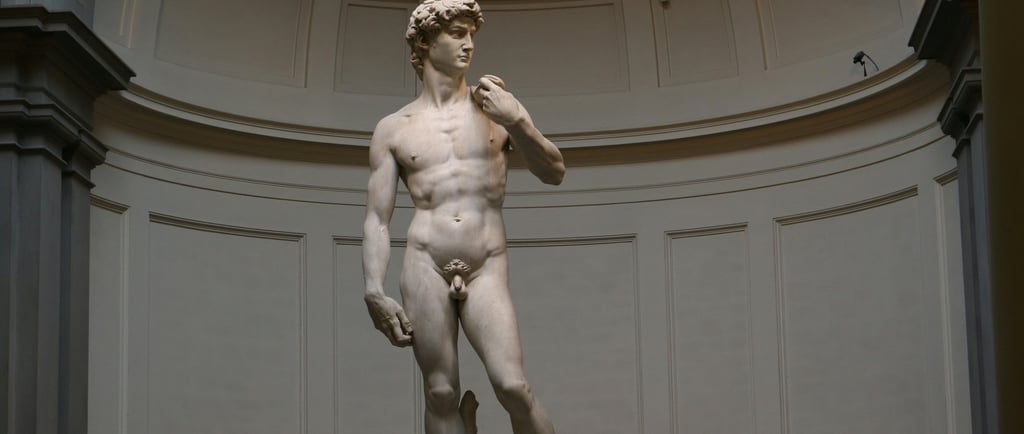The Evolution of Nude Art: From Classical Paintings to Modern Line Drawings
For centuries, the human body has been one of the most powerful subjects in art. Nude art has fascinated artists and audiences alike, not just for its beauty but for what it represents—freedom, vulnerability, and the essence of humanity. From the grandeur of classical paintings to the simplicity of modern line drawings, the evolution of nude art tells a story of cultural change, artistic innovation, and shifting perceptions of sensuality.
7/16/20252 min read


The Roots of Nude Art: Classical Antiquity
The origins of nude art date back to ancient Greece, where the human form was celebrated as the ultimate expression of beauty and perfection. Sculptures like the Venus de Milo and Michelangelo’s David in the Renaissance era were not merely depictions of the body—they were symbols of strength, purity, and harmony.
Why the Nude Was So Important in Classical Art:
Idealized beauty: Artists sought mathematical perfection in body proportions.
Spiritual and intellectual symbolism: The nude often represented truth, purity, and divine order.
Humanism: Celebrating the human body was central to Greek and Renaissance culture.
Nude Art in the Renaissance and Baroque Eras
The Renaissance revived interest in classical ideals, with masters like Botticelli, Titian, and Michelangelo pushing boundaries. Later, the Baroque period introduced more drama, movement, and sensuality into depictions of the nude, often within religious or mythological narratives.
This era marked a significant shift—the nude became not just a study of anatomy but a way to explore emotion, intimacy, and desire, albeit in a controlled, symbolic way.
The Modern Shift: Impressionism and Beyond
By the late 19th century, artists like Édouard Manet and Auguste Renoir challenged traditional norms. Their works, such as Manet’s Olympia, were controversial because they portrayed nudity without mythological or religious pretext—just real human beings in intimate moments.
Modernism and later movements continued this trend, stripping away moral symbolism and focusing instead on expression, individuality, and the artist’s perspective.
The Rise of Minimalism: Nude Art Today
In the 21st century, nude art has embraced minimalism. Instead of elaborate oil paintings, artists often use line drawingsto capture the essence of the human form. This modern approach focuses on:
Simplicity and elegance – Minimalist strokes that suggest rather than show.
Emotional resonance – Allowing space for interpretation and imagination.
Sensuality through subtlety – Suggestive curves without explicit detail.
This evolution reflects a cultural shift: sensuality is no longer about realism—it’s about mood, emotion, and artistic freedom.
Why Line Drawings Represent the New Era of Nude Art
Line art is the natural continuation of centuries of artistic exploration. It distills the human form down to its most essential lines, proving that beauty doesn’t need complexity. Today, line drawings dominate modern interiors, digital art spaces, and minimalist lifestyles, making nude art more accessible than ever before.
Final Thoughts
From the grandeur of classical marble sculptures to the clean elegance of line art, the journey of nude art is a testament to our enduring fascination with the human body. It’s not about exposure—it’s about expression, vulnerability, and timeless beauty.
Contact
Bodydigi@gmail.com
